The Glory of Rome: A Civilization Like No Other
Architectural Marvels and Engineering Feats
The Roman Empire was renowned for its groundbreaking architectural achievements. Structures such as the Colosseum, the Pantheon, and the aqueducts showcased the empire’s engineering prowess. These innovations not only demonstrated Rome’s might but also improved the daily lives of its citizens.
A Vast and Powerful Military
Rome’s dominance was largely due to its formidable military. With well-trained legions, advanced weaponry, and strategic battle tactics, Rome expanded its reach across Europe, North Africa, and the Middle East. This vast empire thrived for centuries, securing its place in history as an unstoppable force.
Economic Prosperity and Trade Networks
At its height, the Roman economy flourished. Trade routes connected Rome to distant lands, bringing in goods such as silk, spices, and precious metals. A common currency and extensive road systems facilitated commerce, making Rome one of the most prosperous civilizations of its time.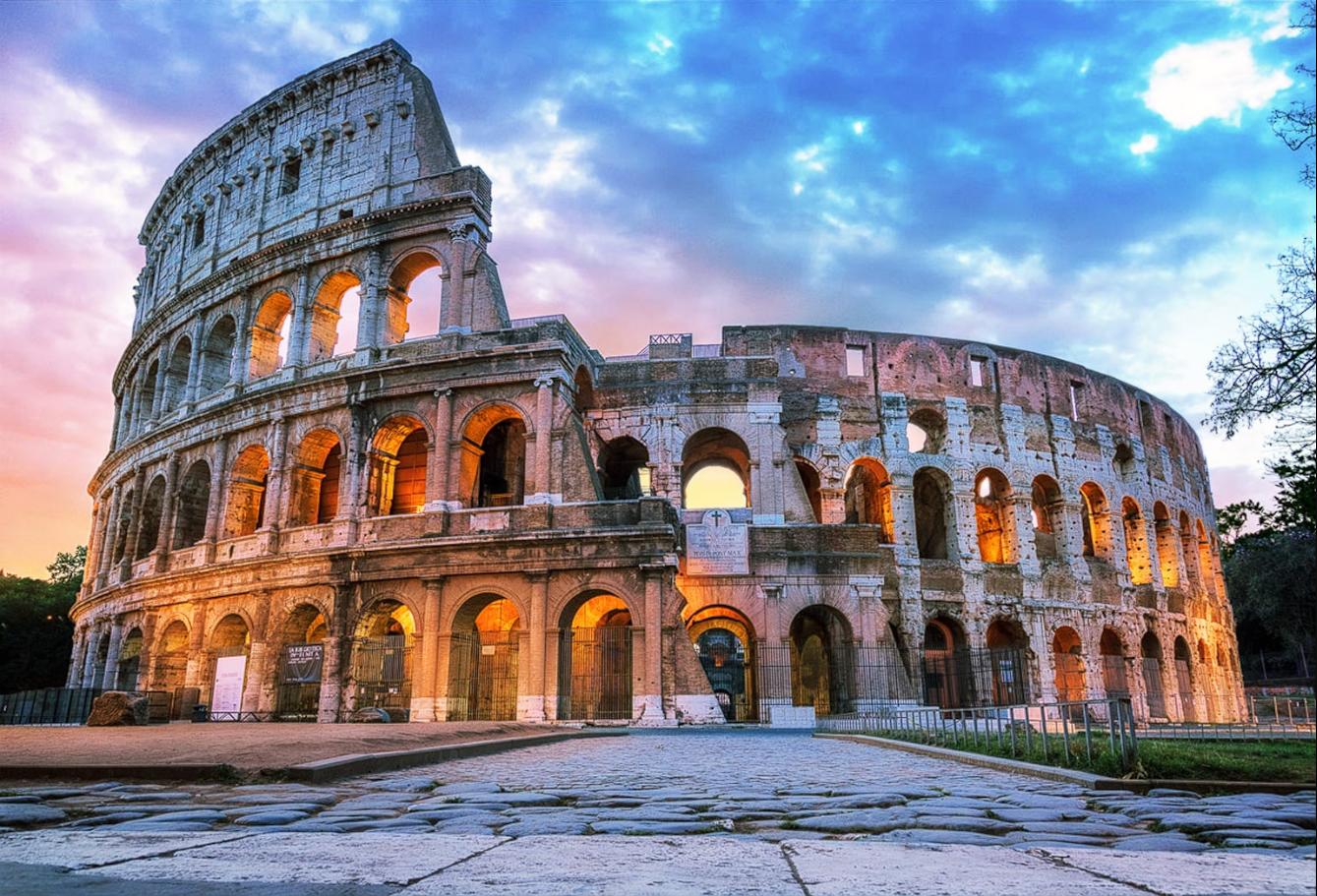
The Beginning of the End: The Sack of Rome in 410 AD
The Visigoth Invasion
One of the most shocking events in Roman history was the sack of Rome by the Visigoths in 410 AD. Led by King Alaric, these Germanic warriors breached the city’s walls and pillaged its wealth. The fall of Rome sent shockwaves throughout the empire, marking a turning point in its decline.
The Betrayal of Rome
The fall of the city was not merely due to external forces. Internal betrayal played a significant role. Roman leaders had become complacent, and their inability to unite against external threats led to devastating consequences. Many historians argue that the empire’s internal divisions were just as destructive as outside invasions.
The Psychological Impact
For centuries, Rome had been a symbol of power and stability. Its fall shattered the illusion of invincibility, creating fear and uncertainty. The event demonstrated that even the greatest civilizations could crumble under the weight of their own vulnerabilities.
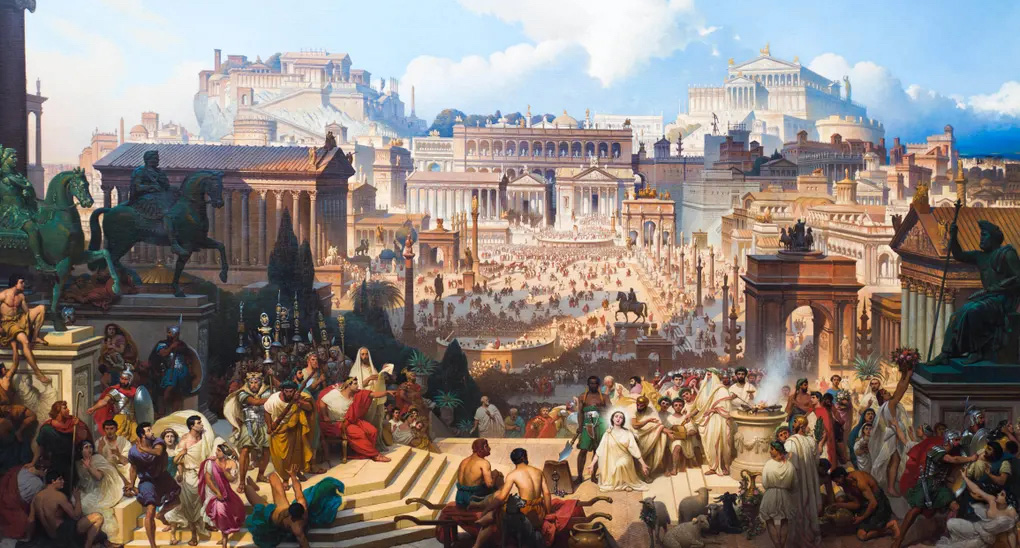
Causes of the Empire’s Decline
Political Instability and Corruption
The Roman government suffered from widespread corruption and political infighting. Emperors were frequently overthrown, and power struggles weakened the empire from within. The lack of strong leadership led to poor decision-making and instability.
Economic Decline and Heavy Taxation
The Roman economy faced severe challenges, including inflation, over-reliance on slave labor, and excessive taxation. The financial burden on citizens grew, leading to social unrest and a declining workforce. As economic conditions worsened, Rome struggled to maintain its military and infrastructure.
Military Weakness and Barbarian Invasions
Rome’s military, once an indomitable force, gradually weakened due to lack of discipline and declining resources. Barbarian tribes, including the Visigoths, Vandals, and Huns, took advantage of Rome’s vulnerabilities, launching devastating attacks that further eroded its strength.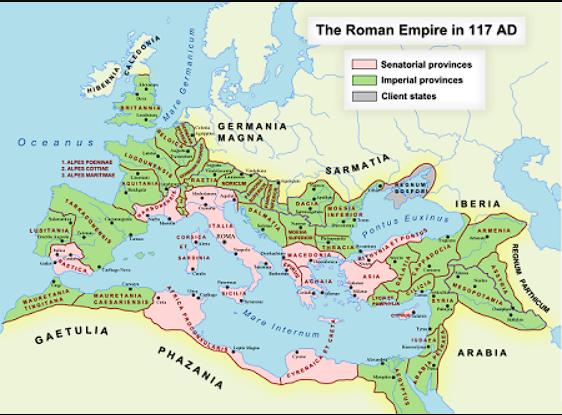
The Legacy of Rome
The Eastern Roman Empire (Byzantium)
While the Western Roman Empire fell in 476 AD, the Eastern Roman Empire, also known as the Byzantine Empire, continued for nearly a thousand years. Centered in Constantinople, Byzantium preserved Roman traditions, laws, and culture, ensuring that Rome’s influence endured.
Rome’s Lasting Influence on the World
Even after its fall, Rome’s legacy persisted. Its legal system, language, architecture, and governance structures continue to shape modern societies. Latin remains the root of many languages, and Roman law influences legal systems worldwide.
The Lessons from Rome’s Fall
Historians continue to study the fall of Rome as a cautionary tale. It serves as a reminder that even the most powerful civilizations can collapse due to internal corruption, economic decline, and external pressures. Understanding Rome’s rise and fall helps us recognize patterns that may apply to modern societies.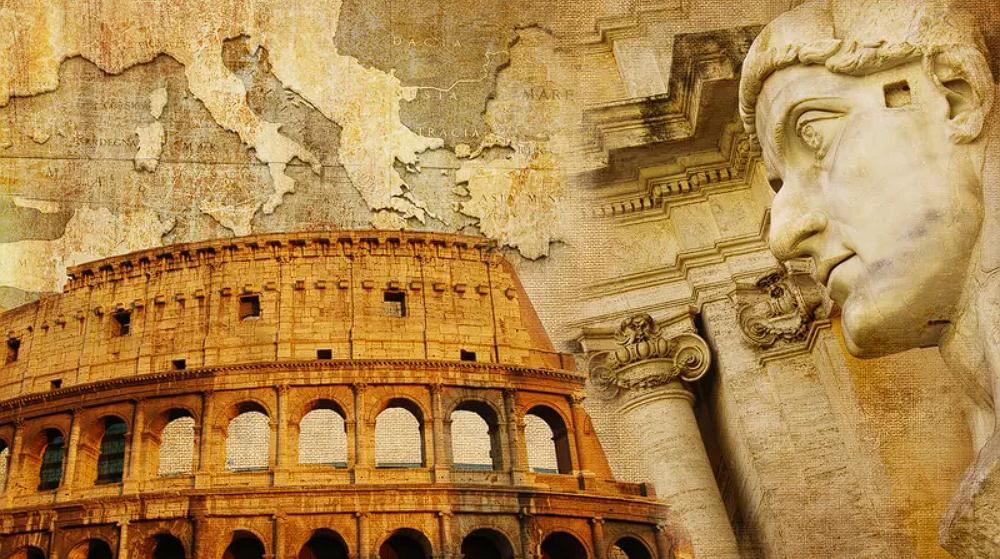
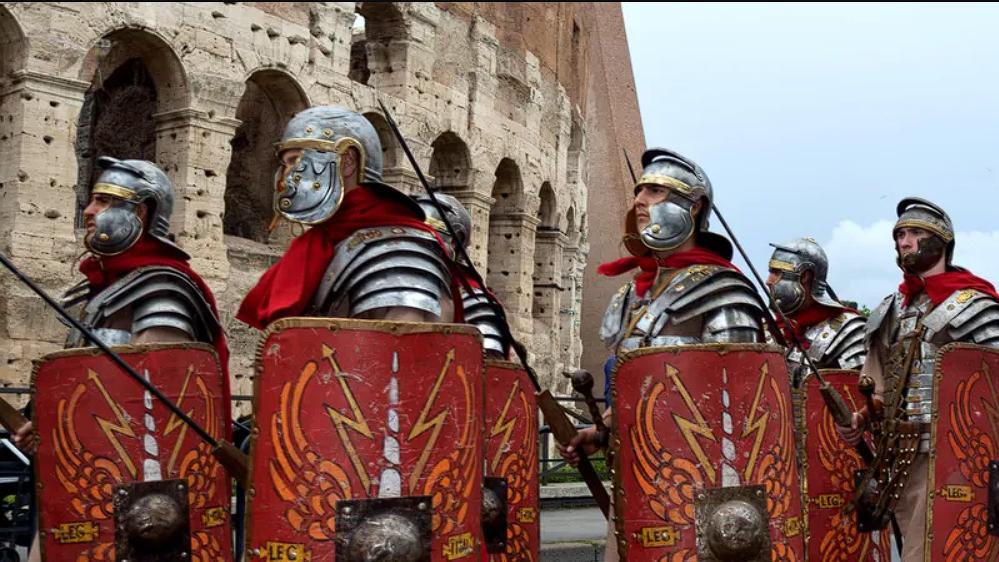
Conclusion
The Roman Empire’s story is one of grandeur, power, and inevitable decline. From its architectural marvels to its military prowess, Rome shaped the course of history. However, its fall serves as a warning that no empire is immune to the forces of change. Could modern nations learn from Rome’s mistakes, or is history doomed to repeat itself?
